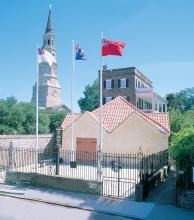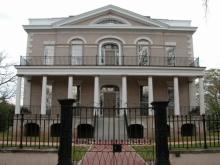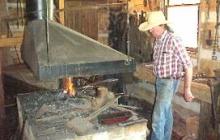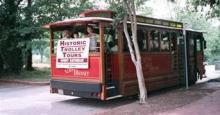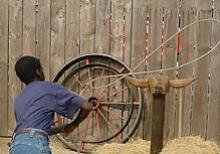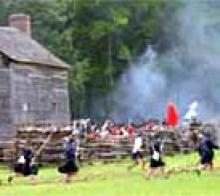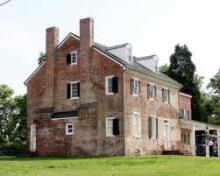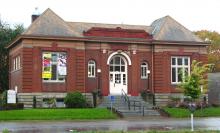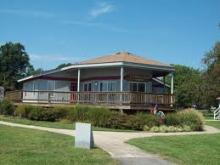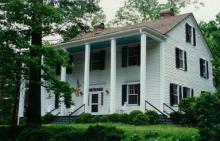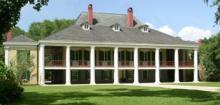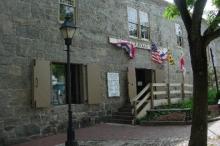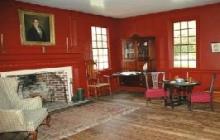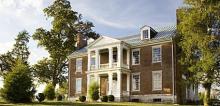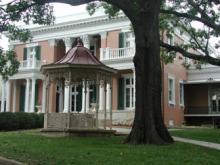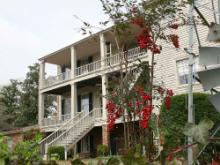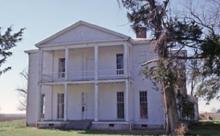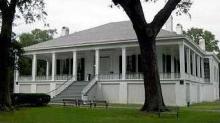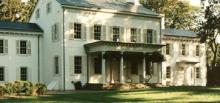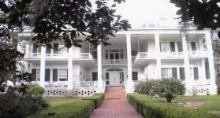Destrehan Plantation
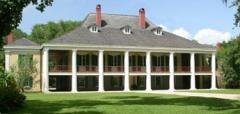
Erected in 1787 by Charles Paquet, Destrehan Plantation was purchased by indigo planter Robert Antointe Robin DeLogny and his family. Besides his profitable indigo cash crop, DeLogny's local claim to fame was his famous son-in-law, Jean Noel Destrehan, who married his daughter Marie-Claude in 1786. Destrehan was the son of Jean Baptiste Destrehan de Tours, royal treasurer of the French colony of Louisiana, and it is from him that both the name of the plantation and the name of the town are derived. After DeLogny's death in 1792, the Destrehans inherited the plantation and house. While under the ownership of the Destrehan family, both the house and grounds went through considerable periods of change. In the 19th century the major cash crop at Destrehan became sugarcane rather than indigo and the house went through two further phases of construction. The original gallery columns were replaced in the 1830s or 40s with massive Greek Revival Doric columns of plastered brick and the cornice was altered accordingly. Its original colonial appearance was altered with the post-colonial addition of semi-detached wings.
In the 20th century, the use of the grounds and house underwent yet another change. The house served as a facility of a major oil company, when Louisiana made the transition from an agricultural to an industrial economy. Destrehan Plantation House consists of a central, two-story house with open galleries on three sides and flanking two-story wings separated from the main body of the house by the side galleries. The central unit, the oldest part of the house, is composed of masonry columns on the ground floor and wood columns on the upper. At one time a colonnade had surrounded the central unit. The roof is double- pitched all around.
Within the walls of Destrehan Plantation, there is a climate controlled room displaying an original document signed by Thomas Jefferson. The document dated 1804, assigns four men, one of whom is Jean Noel Destrehan, to the Orleans Territorial Council. This document is considered one of the most important in Louisiana history and is known as the “Jefferson Document.” Quality reproductions of other documents vital to Louisiana history are also on display in the Jefferson Room. The men listed on the “Jefferson Document” were hand picked to form the Orleans Legislative Council. This group of respected landowners, with long histories in Louisiana, helped ease the cultural transition of the Orleans Territory into an American representative democracy. At the time of the Louisiana Purchase, the people of the Orleans Territory still considered themselves Frenchmen or Spaniards and their attitude towards the new American rule clashed with their deeply rooted traditions. The Orleans Legislative Council was vital in representing the residents of this area to the United States until Louisiana became a state in 1812. The council gave Louisianians an immediate voice in their new system of government. One precedent established during this tenure, that continues today, is the sub-dividing of Louisiana into Parishes as opposed to counties, as in the rest of the nation.
Different craft demonstrations take place each day of the week which include open heart cooking and indigo dyeing.




